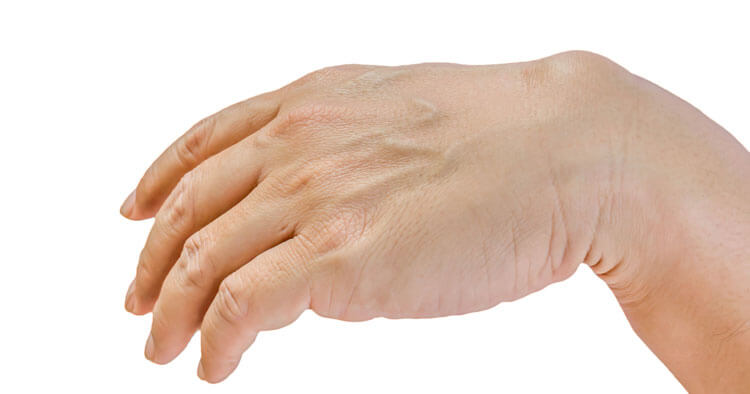Back and Joint Pain, Muscle Pain and Tendinopathy, Sports Injuries and Management
Symptoms And Diagnosis Of Ganglion Cysts
Ganglion Cysts Symptoms
Most ganglion cysts form a visible lump. However, smaller cysts can remain hidden under the skin. Many cysts will cause no symptoms at all, beyond the presence of the visible lump. The appearance will be that of a smooth lump under the skin. A lump that is often soft and immobile, varying in size. Ranging from “not visible” to the naked eye, to being to the size of a golf ball. These lumps can also change in size over time. Including sometimes going away completely, only to return again at a later date.
The majority of ganglion cysts don’t cause symptoms. A large ganglion cyst can be of cosmetic concern to some individuals. However, sometimes beyond just being an unsightly visible swelling, they may cause:
- A pinched nerve: If a cyst puts pressure on nerves passing through the area, adjacent to the cyst. The the cyst may cause pain, tingling, and/or muscle weakness.
- Difficulty moving the affected area. A feeling of restricted, or blocked range of movement.
- Pain and aching. Pain that is made worse by moving associated joints.
Diagnosis Of Cysts
If you suspect you have a ganglion cyst then have it assessed by a doctor to confirm it is in fact a cyst. Assessing to make sure that the lump is not a result of other causes. Assessment by a treating doctor is generally all that is required to arrive at the diagnosis of a ganglion cyst. However, occasionally the use of other tests are employed to confirm the diagnosis.
Investigation techniques used to help diagnose a ganglion cyst may include:
- X-rays: Although X-rays will not actually show a ganglion cyst. An X-ray can be used to rule out other conditions such as bone tumor, or arthritis. And potentially add insight to driving forces behind the cyst.
- Ultrasound imaging: The use of ultrasound is effective in detecting and measuring a ganglion cyst. A useful investigate to help distinguish them from other causes of “lumps” including tumors. As well as measuring, and comparative measuring to assess change over time. Changes over time can potentially help guide / gauge the need for any form of intervention.
- MRI: As with ultrasound imaging an MRI can be used to show soft tissues. And is useful for detecting ganglion cysts that are not visible to the naked eye. As well as showing in detail other associated tissues.
- Aspiration: Needle aspiration is used to draw off some of the fluid via syringe. Aspiration of fluid if indicated can allow it to be examined in a laboratory. To assist with diagnosis and treatment planning.
Disclaimer: Sydney Physio Clinic provides this information as an educational service and is not intended to serve as medical advice. Anyone seeking specific advice or assistance on Symptoms And Diagnosis Of Ganglion Cysts should consult his or her physiotherapist, general practitioner or sports medicine specialist.


